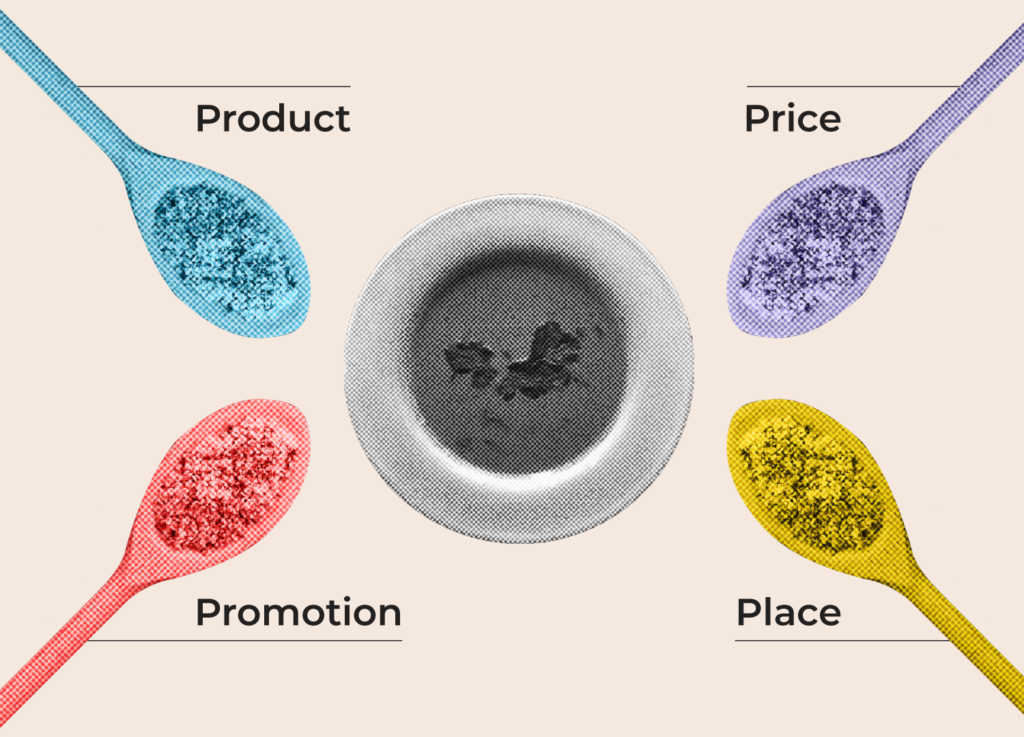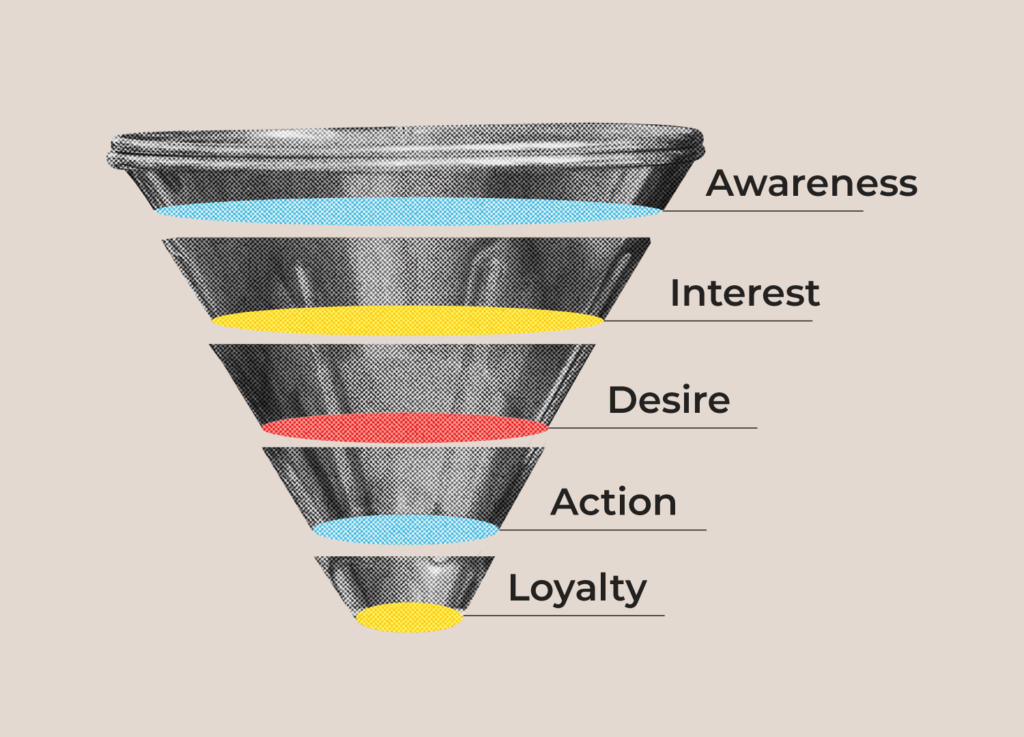Marketing is a powerful tool any large or small business can use to increase brand awareness, generate sales, and transform customers into loyal brand advocates.
Did you know that Nike hasn’t always been America’s number one athletic sneaker? In the 1980s, Reebok was the leading company in the sportswear industry. As Nike improved its marketing and brand position, it grew revenue to $270 million in 1980 and $2.2 billion in the ’90s.
Today, Reebok is about 1/45 the size of Nike. This sportswear giant generates more revenue from footwear than Adidas and Puma combined. So, how did they do it? Nike endorsed celebrity athletes – which was an unusual strategy back in the day.
The interesting part of this story is that these brands offer comfort and durability to walk from point A to point B in terms of functionality.
So why does one choose one brand over another? I prefer Nike. Why? Hmmm. Everyone I know wears Nike, and their videos are very cool. But is that reasonable? Not at all.
This irrational answer is one of the many examples that illustrate how a robust marketing strategy can encourage consumers to purchase from you and become loyal brand advocates.
If you’re an entrepreneur trying to figure out how to kickstart your small business marketing, grab a cup of coffee and scroll down as we go over your first Marketing 101 lessons!
First Things First: What Is Marketing and Why It Matters?
Marketing is a combination of the effort a business undertakes to communicate value to potential customers while promoting products and services. It involves researching, planning, communicating, engaging, advertising, and optimizing for continued success.
In other words, marketing isn’t just advertising, and it doesn’t happen overnight. It’s a process derived from a comprehensive strategy that may include any of the following:
- Market Research
- Direct Mail
- Branding
- Web Design
- Content Marketing
- Video Marketing
- Email Marketing
- Social Media
- SEO (search engine optimization)
- PPC (pay-per-click)
- Public Relations
- Referral Marketing
- Influencer Marketing
- Affiliate Marketing
Having a comprehensive marketing approach allows businesses to inform, educate and engage consumers, build a reputation that adds value to their brand, spread the word about products and services, and ultimately grow a clientele.
Basic Marketing Concepts You Need to Know Before Drafting Your Strategy
Buyer Persona

A buyer persona is the description of your ideal customer. It includes your prospects’ traits, beliefs, attitudes, and values regarding your product or service. Defining your buyer persona allows you to consider your prospects’ needs, wants, and motivations while working on your overall strategy.
- Demographics: Age; gender; marital status; location.
- Psychographics: Value; goals; challenges and frustrations.
- Personal preferences: Interests; favorite brands and products.
- Communication style: Casual vs. professional; generical vs. technical.
Customer Segmentation
As you get to know your customers, you’ll be able to segment them into different groups according to their demographics, purchase behaviors/buying patterns, or preferences. This will help you get more granular with your targeting.
For example, the marketing manager of a divorce law firm could segment clients by age. Through the segmentation, it will be evident that people’s communication styles in their mid-forties are different from those in their 30s.
While Instagram could be an excellent place to showcase ads and create brand awareness for people in their 30s, Facebook works best for those in their mid-forties.
Competitive Analysis
Competitor research allows you to identify where your brand is standing in regards to its competition. You will have to research their products or services, sales, marketing strategies, as well as how their clients/prospects perceive them.
Note: Although it’s important to know what your competitors are doing, we don’t recommend replicating them. Instead, try doing things differently. Unless you have access to their campaign data and results, you will not see their strategy’s success.
4Ps of Marketing or Marketing Mix

The 4Ps of marketing are the key elements that any business will need to position itself. We recommend considering the following questions to gather information about your marketing mix:
| Product | Price |
|---|---|
| How will your product or service meet the needs of your prospects/clients? How does your product or service differentiate from your competition? What will be your product branding? |
What is the value of your product or service to your prospects/clients? What is the price of your product or service within your business area? Are your customers price sensitive? Will you offer discounts? |
| Promotion | Place |
|---|---|
| How and where will you provide information about your product? How do you differentiate from your competitors? |
Where do your customers/prospects look for your product? How can you access the proper distribution channels? |
Note: Your product/services’ value refers to how much customers believe your product/services are worth. Comparatively, your product/services price refers to how much you will charge for your product/services.
Unique Value Proposition
Everything you learn about your marketing mix will enable you to establish a unique value proposition. This is a short statement explaining your product/services benefit, how you help customers solve their problems, and/or what makes you different from similar businesses/products.
Your brand’s unique value proposition should be included in all your marketing campaigns. Not sure how to write yours? Here are three examples:
- Canva: Design anything.
- Lyft: Wherever you’re headed, let’s get together.
- Evernote: Accomplish more with better notes.
Marketing Funnel

The marketing funnel refers to the various stages a prospect goes through prior to becoming a customer. Each step of the funnel requires distinct communication and targeting strategies. At the top of the marketing funnel, you’ll find people who have recently discovered your business. Only the most interested prospects will interact with your brand. Similarly, only prospects interested in buying will convert into clients. In other words, the funnel becomes narrower as people move down the funnel.
To help you visualize what we’re referring to, we’ve outlined the type of content you can share with prospects in the various stages of the marketing funnel:
Awareness
Prospects discover your brand and start learning more about your company and its product/services. Focus on educating them through blog articles, infographics, online ads, and your social media efforts.
Interest
Here, you should be able to identify if your prospects are qualified leads. If they are, you should provide educational and informational content about your product/services, including blog guides, FAQs, webinars, and product videos.
Desire/Consideration
Prospects express their interest in buying from you. You can nurture leads in the desire stage through email marketing, demos, free trials, client testimonials, case studies, and/or before and after pictures.
Action
You have a new client! Your prospect is ready to purchase from you. Focus your communication efforts to successfully onboard your clients through phone consultations, face-to-face visits, and/or onboarding emails.
Loyalty
Once your customers have experienced your product or service, you should create brand advocacy strategies, including a referral program, events, special bundles, and/or a client loyalty program.
Lifetime Customer Value
This is the amount of money a customer is expected to spend on your business in a lifetime. This information is key to making informed decisions while planning your marketing strategy.
Let’s assume you’re planning on launching a referral program and are considering reward options. How much you spend on your program’s rewards should never be greater than your customer’s lifetime value. Otherwise, your referral program becomes detrimental to your business.
Inbound Marketing

Inbound marketing refers to any methodology encouraging potential clients to start a conversation with a business. Yes, you read that right. With inbound marketing, clients make the first move.
Until potential customers reach out, businesses create valuable content around their products and services. With an inbound strategy, a business’s overall aim is to be a point of reference for customers so that when they are ready to make a purchase, they know who to reach out to.
Inbound marketing includes social media, SEO, PPC, content marketing, video marketing, influencer marketing, remarketing strategies, and more.
The Most Important Thing To Remember From This Marketing 101 Crash Course
Marketing is an investment. The key to achieving an ROI is determining where your audience is and which content and strategies work best for them. To establish this, you’ll need to dig deep! As you accrue data, you’ll be able to identify your strategy’s strengths and areas of improvement.
In the meantime, we encourage you to subscribe to our newsletter, where you’ll get first dibs on marketing strategy tips’ n tricks!
Finally, if you want to skip the learning curve, reach out to Olly Olly. Our digital marketing agency has worked with businesses in various industries and has the best strategies up our sleeves to boost your marketing and help you take your brand to the next level.
a

Article by Francis Espinoza
Francis is a Social Media Coordinator here at Olly Olly. Born and currently based in Nicaragua, her professional background and passion are all things inbound marketing.
Like what you read? Send Francis a message here.

